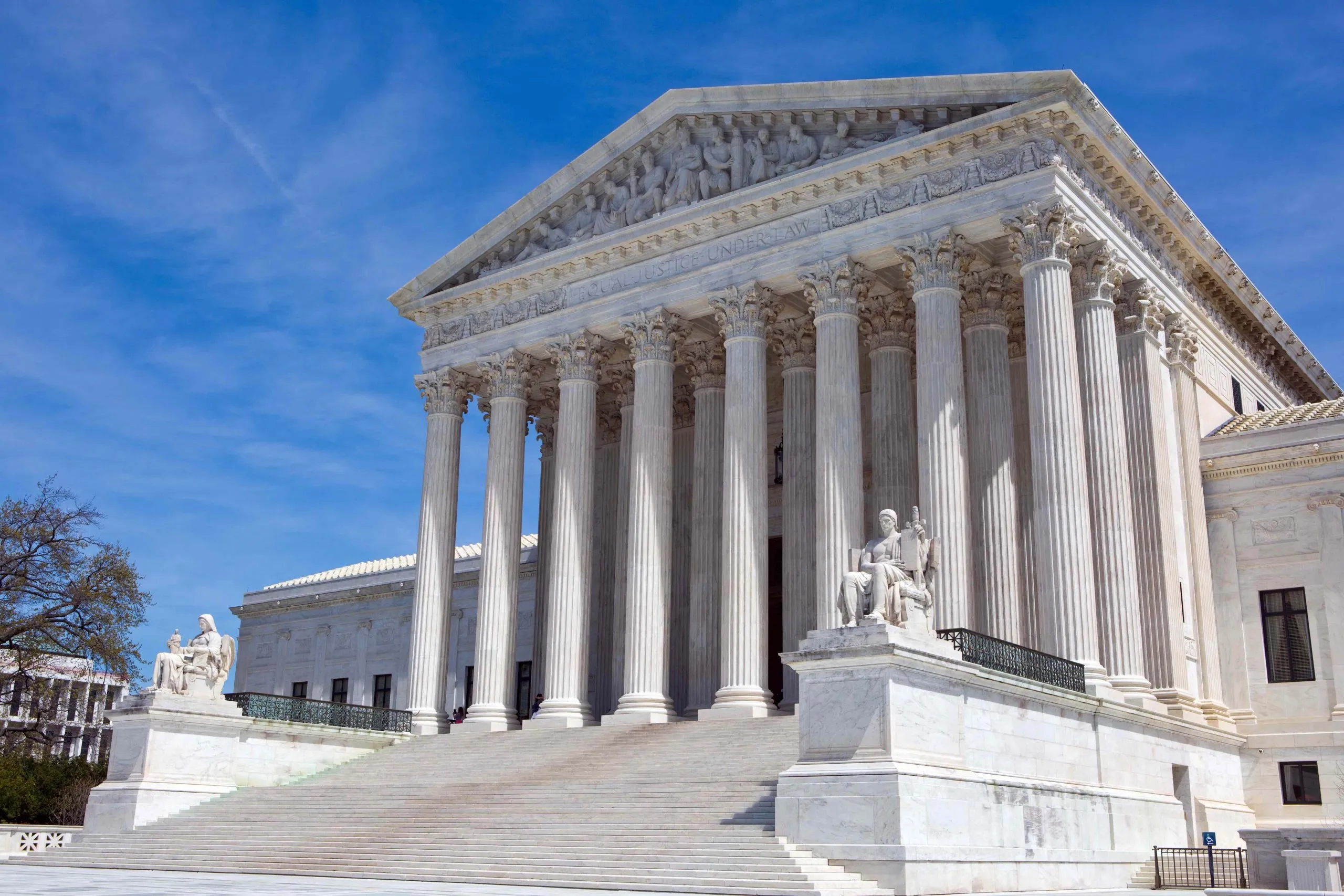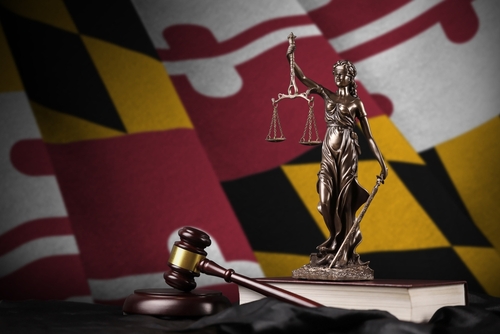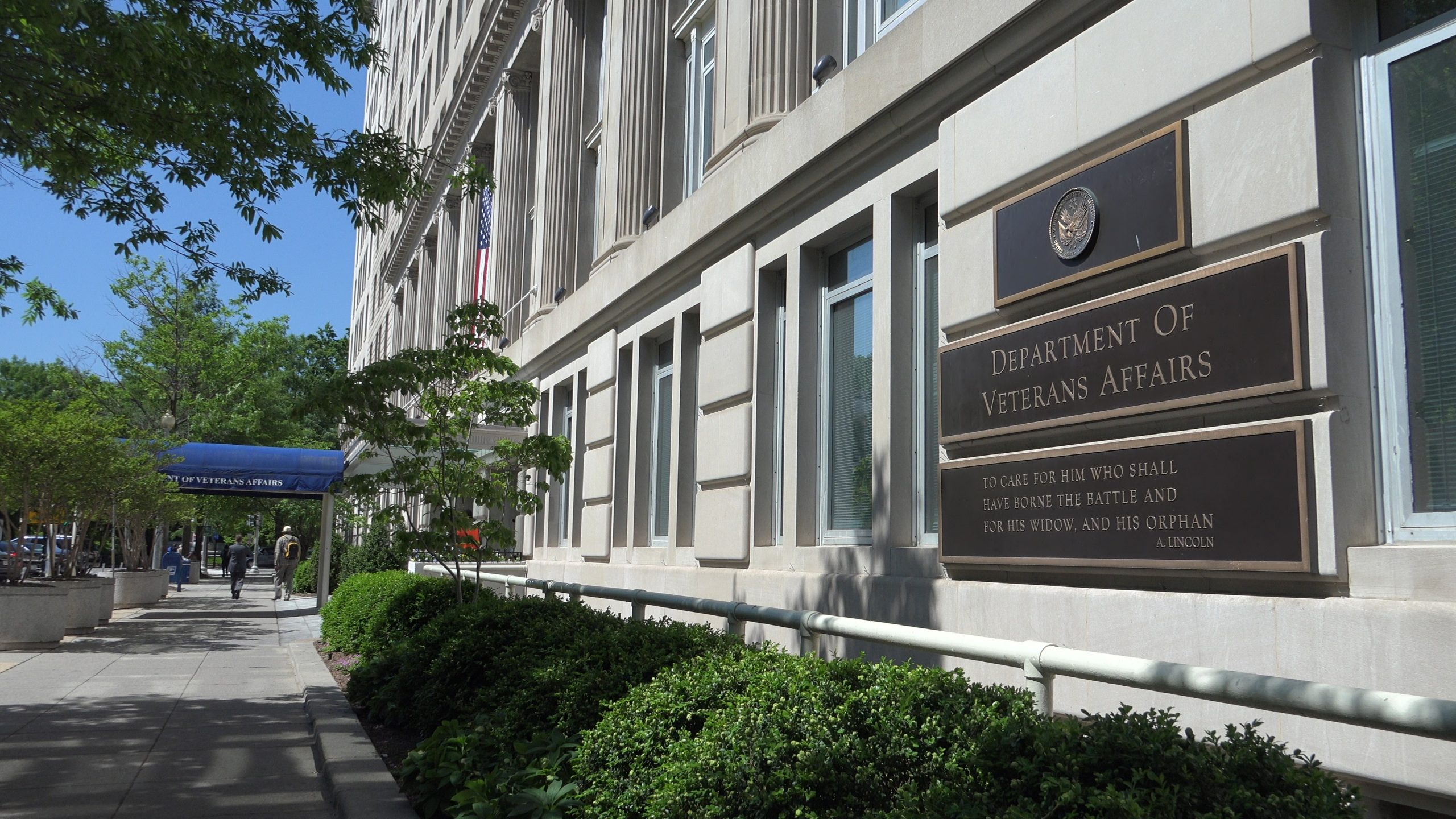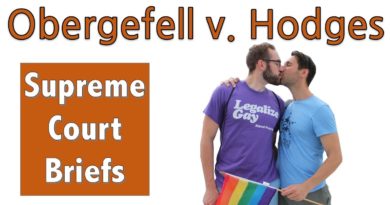Supreme Court upholds Section 2 of Voting Rights Act
OPINION ANALYSIS
on Jun 8, 2023
at 1:33 pm
The court ruled in Allen v. Milligan on Thursday. (Steven Frame via Shutterstock)
This post was updated on June 8 at 4:44 p.m.
By a vote of 5-4 on Thursday, the justices issued a major voting rights decision, ruling that Alabama’s new congressional map likely violates the Voting Rights Act. But even more significantly, the court declined an invitation to adopt an interpretation of the act that would have made it much more difficult to challenge redistricting plans on the ground that they weaken the collective voting power of Black people.
The law at the center of the court’s decision in Allen v. Milligan is Section 2 of the Voting Rights Act, which bars election practices that result in a denial or abridgement of the right to vote based on race. Voters and other groups went to court in 2021 to challenge Alabama’s redistricting map for its seven seats in the U.S. House of Representatives. They argued that the map violated Section 2 by diluting the votes of the state’s Black residents, who make up 27% of the state’s population. Specifically, they said, the state’s new plan packed many Black voters into a single district in a part of central Alabama known as the “Black Belt,” while at the same time dispersing Black voters in the rest of the Black Belt into several other districts.
A three-judge court that included two judges appointed by President Donald Trump agreed with the challengers and ruled that the map likely violated Section 2. But last year the Supreme Court put that ruling on hold, clearing the way for Alabama to use the map in the 2022 elections. Republicans went on to win six of the state’s seven House seats in November.
The court’s stay of the lower court’s ruling prompted three justices to write separate opinions at the time. Justice Elena Kagan dissented from the decision to block the lower court’s decision, in a 12-page opinion joined by Justices Stephen Breyer and Sonia Sotomayor. In her view, the lower court’s ruling was clearly correct under the Supreme Court’s voting-rights case law, and the majority was wrong to put that ruling on hold.
Roberts wrote his own dissent in which he suggested that there was uncertainty about what litigants must show to prevail on a vote-dilution claim like the challengers’. But he would not put the lower court’s decision on hold, he explained, because he believed it was consistent with current voting-rights law.
And Justice Brett Kavanaugh wrote a concurring opinion, joined by Justice Samuel Alito, in which he emphasized that the court’s order simply put the lower court’s ruling on hold until the Supreme Court could review it. He also argued that freezing the ruling was consistent with the election-law doctrine known as the Purcell principle – the idea that federal courts should not change state election rules shortly before an election.
After nearly two hours of oral argument in October, a majority of the court appeared ready to side with the state and permanently set aside the lower court’s ruling. But with Kavanaugh joining forces with Chief Justice John Roberts and the court’s three liberal justices, the court on Thursday instead upheld the lower court’s ruling. In a 34-page opinion by Roberts, the majority agreed with the challengers that the lower court had correctly applied the Supreme Court’s 1986 decision in Thornburg v. Gingles, which outlines a three-part test to evaluate claims brought under Section 2, to reach its conclusion that the new map violated the VRA.
Roberts considered, but rejected, two of the state’s arguments regarding the Gingles framework. First, he gave little weight to the state’s contention that the maps that the challengers offered fell short because they failed to keep the Gulf Coast region, in the southwest part of the state, in the same district. “Only two witnesses testified that the Gulf Coast was” the kind of “community of interest” that should be preserved in the same district, Roberts observed. And in any event, he continued, the challengers’ maps “joined together a different community of interest called the Black Belt,” an area with a large number of rural Black voters, many of whom are the descendants of former enslaved persons.
Roberts next dismissed the state’s argument that the challengers’ maps, unlike the state’s maps, fail to retain the “core” of the previous maps. The Supreme Court, he stressed, “has never held that a State’s adherence to a previously used districting plan can defeat a” Section 2 claim. Otherwise, he said, states could “immunize from challenge a new racially discriminatory redistricting plan simply by claiming that it resembled an old racially discriminatory plan.”
The real issue before the court, Roberts explained, was not whether the lower court had applied existing law – Gingles – but instead “Alabama’s attempt to remake our §2 jurisprudence anew” by focusing on computer-generated maps that are created without considering race at all. But that single-minded focus on the computer-generated maps – the so-called “race-neutral benchmark” – is inconsistent with the VRA’s requirement that courts look at the entirety of the circumstances, Roberts observed. Moreover, he emphasized, such an interpretation would require a change to the Ginglesframework “that has been the baseline of our §2 jurisprudence for nearly forty years.”
Roberts also pushed back against the state’s suggestion that a race-neutral benchmark should be used because the Supreme Court’s current Section 2 case law “inevitably” requires states to ensure that the number of majority-minority districts is representative of the state’s demographics. Section 2 creates no such obligation, Roberts retorted, and the limitations imposed under the Gingles framework have in fact meant that, in recent years, Section 2 lawsuits have rarely been successful. The “exacting requirements” of Section 2, Roberts said, “limit judicial intervention to ‘those instances of intensive racial politics’ where the ‘excessive role [of race] in the electoral process … den[ies] minority voters equal opportunity to participate.”
Finally, Roberts rejected the state’s contention that the challengers should be required to show that any differences between the state’s plan and any race-neutral benchmarks can only be explained by racial discrimination. Both the court’s own cases and Congress “clearly” declined to require an intent to discriminate as a condition for liability under Section 2, he explained.
Kavanaugh authored a brief concurring opinion of his own in which he addressed several points at the center of Alabama’s argument but made clear that he agreed with Roberts that “Alabama’s redistricting plan violates §2 of the Voting Rights Act as interpreted in” Gingles. He also addressed a point made by Justice Clarence Thomas, who in his dissent argued that even if Congress once had the power to authorize race-based redistricting, “the authority to conduct race-based redistricting cannot extend indefinitely into the future.” The state, Kavanaugh stressed, had not raised that argument in the Supreme Court, and so he would “not consider it at this time.”
Thomas penned a 48-page dissent that was joined by Justice Neil Gorsuch and joined in part by Justices Samuel Alito and Amy Coney Barrett. He described the case as “yet another installment in the disastrous misadventure of this Court’s voting rights jurisprudence.”
Thomas characterized the question before the justices as whether Section 2 “requires the State of Alabama to intentionally redraw its longstanding congressional districts so that black voters can control a number of seats roughly proportional to the black share of the State’s population.” But Section 2 “demands no such thing,” Thomas insisted. To the contrary, Thomas argued, Section 2 does not apply to redistricting at all, but instead only to laws or policies that regulate access to the ballot or the counting of the ballot.
But if Section 2 does apply to redistricting, Thomas continued, the lower court’s interpretation of it violates the Constitution because under that reading the law “does not remedy or deter unconstitutional discrimination in redistricting” but instead “requires it, hijacking the districting process” to allocate political power based on race.
Alito wrote a separate dissent, joined by Gorsuch, in which he criticized the majority’s decision as inconsistent with the text of Section 2, its own cases, “and the fundamental principle that States are almost always prohibited from basing decisions on race.” Thursday’s ruling, he warned, “unnecessarily sets the VRA on a perilous and unfortunate path.”
Thursday’s ruling is the third in a series of decisions involving the Voting Rights Act in the past decade. Two recent decisions had narrowed the act’s reach. In Shelby County v. Holder in 2013, a divided court struck down Section 5 of the VRA, which contained the formula used to determine which state and local governments must obtain approval from the federal government before making any changes to their voting laws and procedures (including maps). This approval requirement, known as “preclearance,” was intended to prevent voting-related discrimination by governments with a history of such discrimination – which, until 2013, included Alabama – before the laws or policies could go into effect.
Writing for the majority in Shelby County, Roberts emphasized that “things have changed dramatically” since the Supreme Court first upheld the VRA in 1966 – but the coverage formula had not, which is not fair. Therefore, although the preclearance requirement remains in place, no government has had to comply with it since 2013, because Congress has not enacted a new formula.
And in 2021, in Brnovich v. Democratic National Committee, the court – by a vote of 6-3 – upheld two Arizona voting provisions that Democrats and civil rights groups had challenged as disproportionate burdens on minority voters. Alito’s opinion for the majority outlined a series of “guideposts” for future challenges to voting laws that, taken together, make it more difficult to contest election regulations under Section 2. The Brnovichdecision did not address, however, Section 2 vote-dilution claims like the ones before the court in the Alabama case.
The decision came as somewhat of a surprise after the oral argument in October, at which the court’s conservative justices seemed likely to set aside the lower court’s ruling. But it was a welcome surprise for the challengers and their supporters. In a press release, Abha Khanna – who argued on behalf of one set of challengers – called Thursday’s ruling “the right decision” that affirmed “the district court’s ruling in accordance with decades of established precedent.”
This article was originally published at Howe on the Court.






